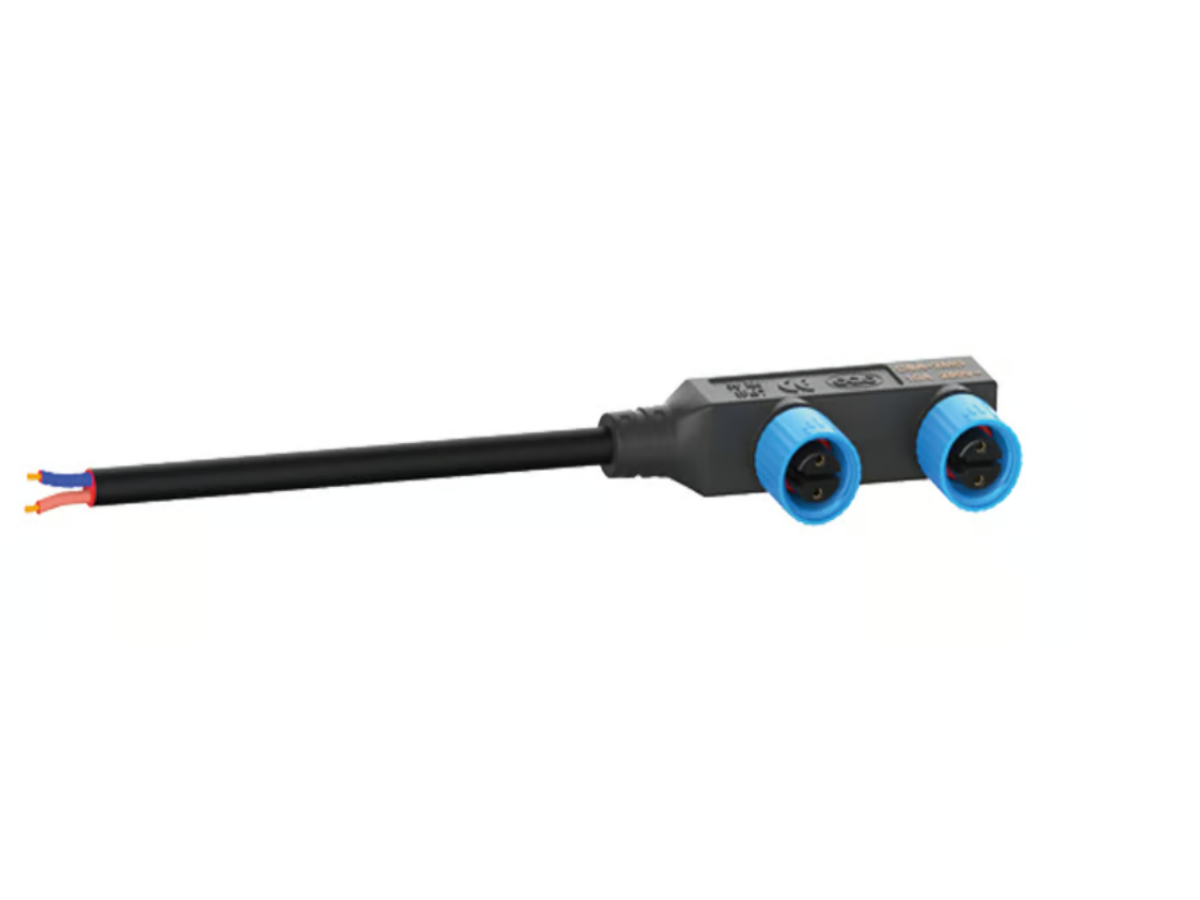Introduction
Wire modules are an essential component in many electrical systems, and the way they are connected can have a significant impact on their performance. Parallel connection 1+2 is a popular method for connecting wire modules, and the use of M15-F tin is often recommended for this purpose. In this article, we will delve deeper into the use of M15-F tin in parallel connection 1+2 for wire modules and why it is a preferred choice.
What is M15-F Tin?
M15-F tin is a type of soldering material that is commonly used in the electronics industry. It is made up of a mixture of tin and other metals, including silver and copper, which give it its unique properties. M15-F tin is preferred for its high melting point, which makes it ideal for use in high-temperature applications. It is also known for its excellent conductivity, which ensures that the electrical connection is strong and stable.
Parallel Connection 1+2
Parallel connection 1+2 is a wiring technique that involves connecting two wire modules in parallel. This method is commonly used in electrical systems where the load is high, and a single module cannot handle it. By connecting the modules in parallel, the load is shared between them, which reduces the strain on each module.
Why is M15-F Tin Preferred for Parallel Connection 1+2?
M15-F tin is preferred for parallel connection 1+2 for several reasons. Firstly, its high melting point ensures that the soldering joint is strong and stable, which is crucial for the connection to function correctly. Secondly, its excellent conductivity ensures that the electrical connection is efficient, which reduces the risk of overheating and damage to the wire modules. Finally, M15-F tin is easy to work with, which makes it ideal for use in complex wiring systems.
The End of the Module Wire
The end of the module wire is a critical component in wire modules, and it is where the connection is made. It is essential to ensure that the end of the module wire is clean, free from debris, and properly prepared before soldering. This ensures that the soldering joint is strong and stable, which reduces the risk of failure.
Conclusion
In conclusion, the use of M15-F tin in parallel connection 1+2 for wire modules is a preferred choice due to its unique properties. Its high melting point, excellent conductivity, and ease of use make it ideal for use in complex electrical systems. However, it is essential to ensure that the end of the module wire is properly prepared before soldering to ensure that the connection is strong and stable. By following these guidelines, you can ensure that your wire modules are connected correctly and function efficiently.

